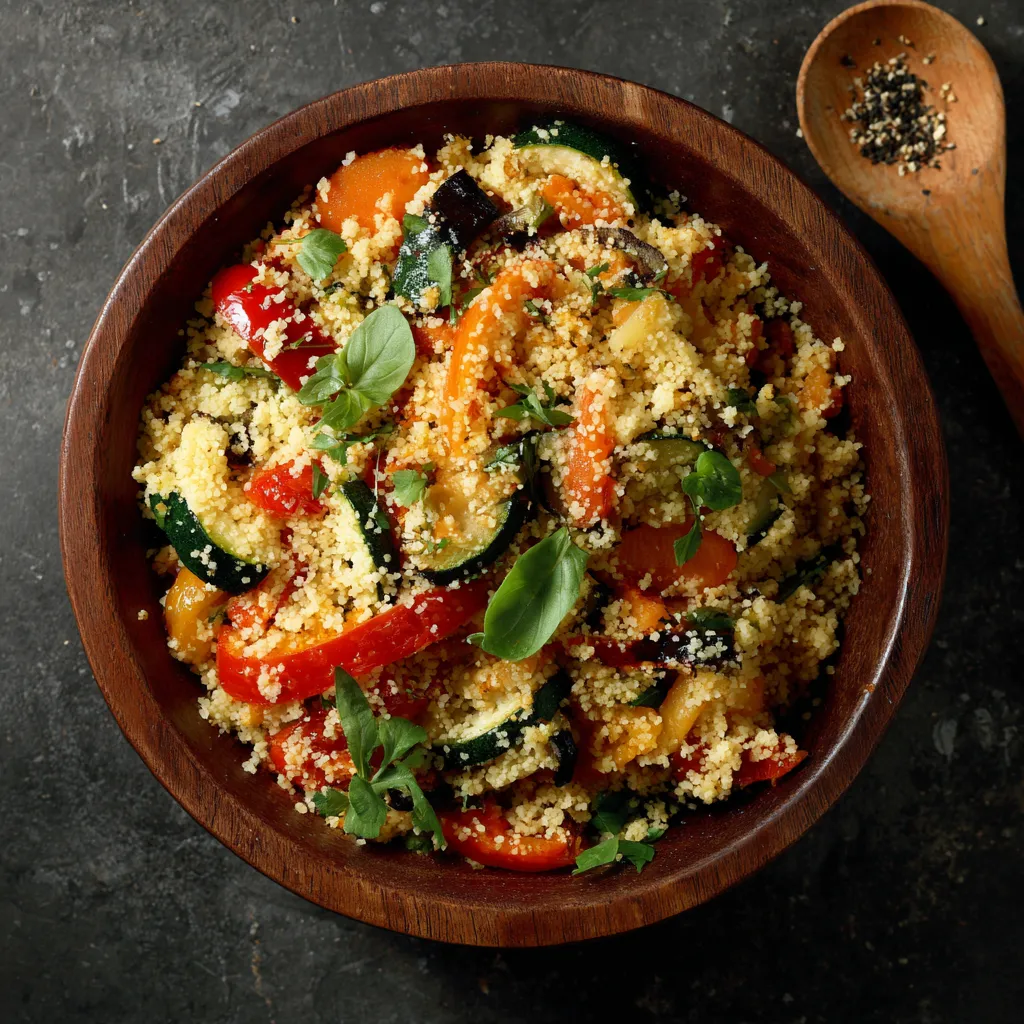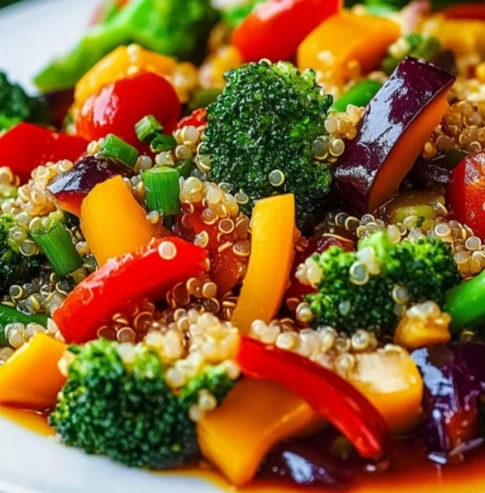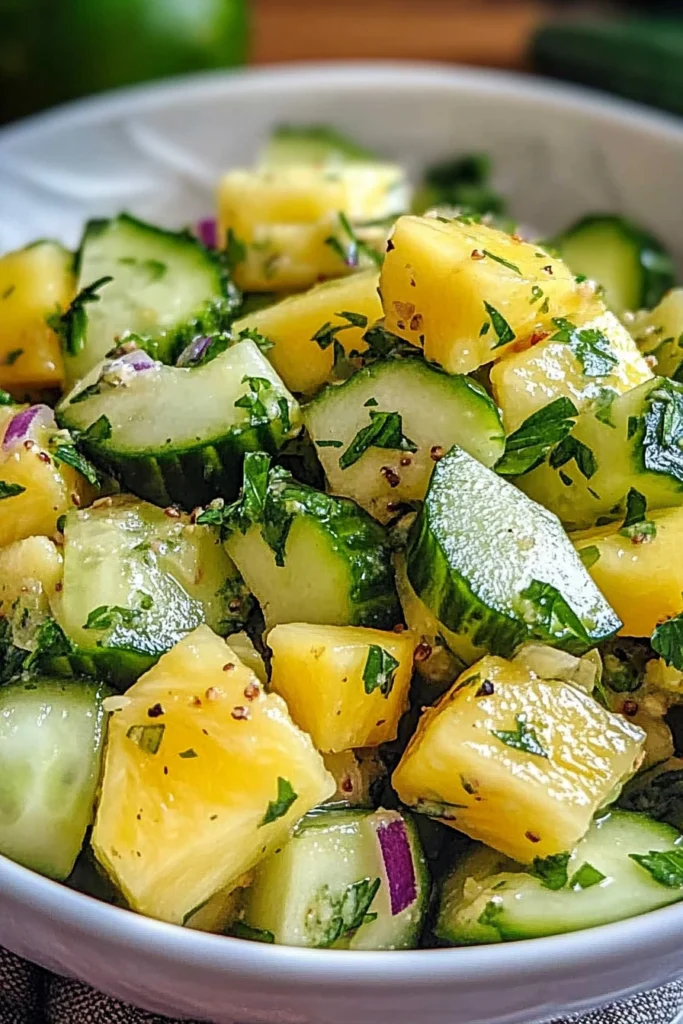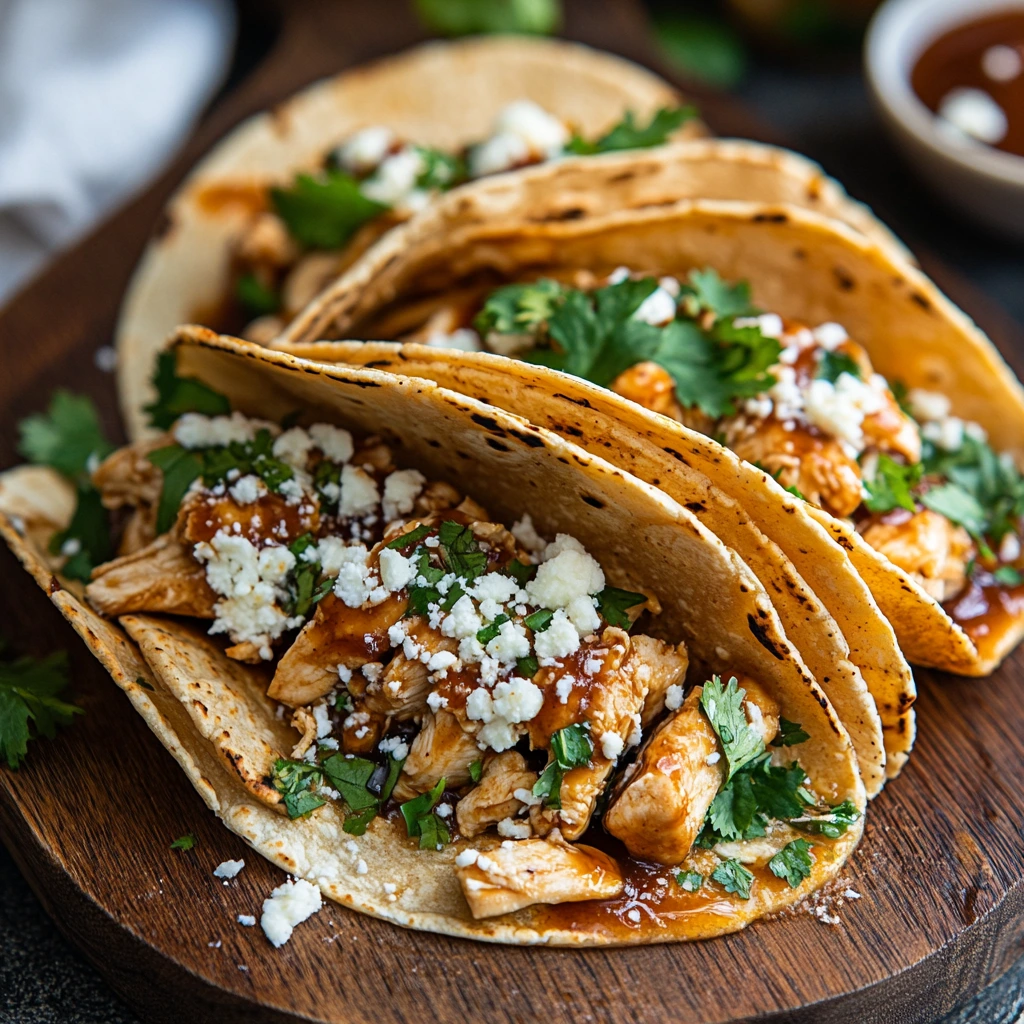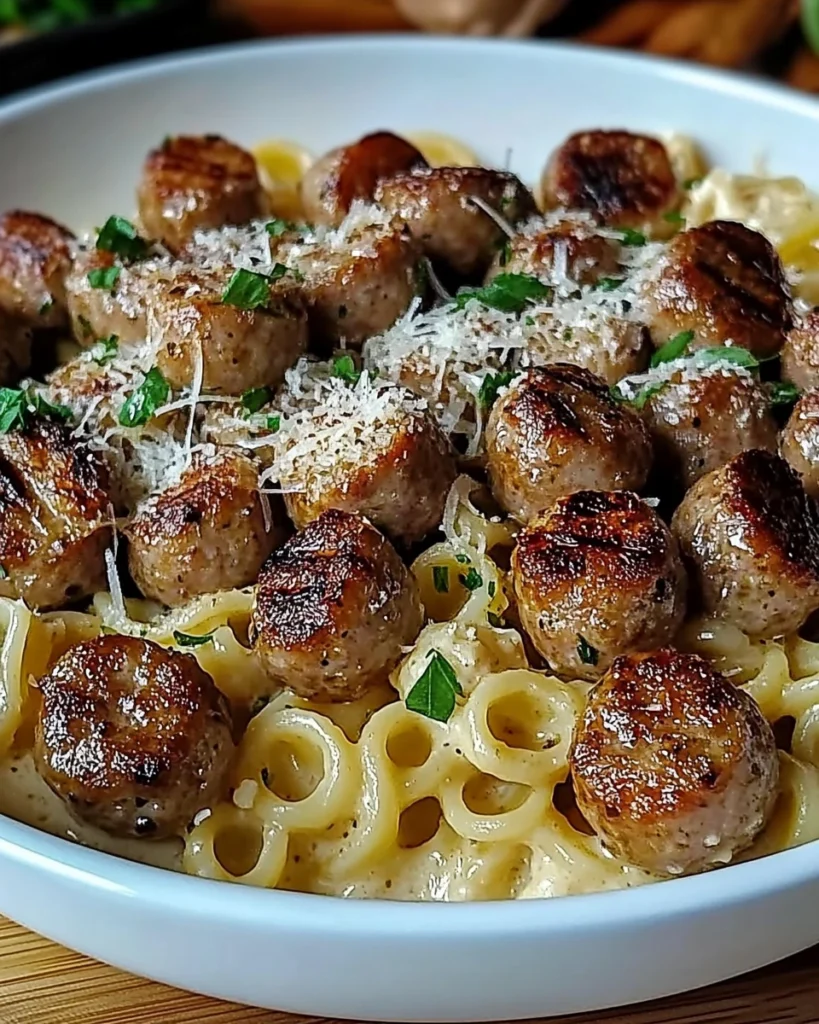Few dishes capture both tradition and flavor quite like Couscous with Vegetables. This hearty, colorful, and versatile recipe has been loved across North Africa and the Mediterranean for centuries, and today, it’s enjoyed worldwide as a wholesome family meal. Combining fluffy couscous with a medley of seasonal vegetables and warm spices, it offers comfort, nutrition, and cultural richness in every bite.
Whether you’re looking for a vegetarian main dish, a wholesome side, or a vibrant centerpiece for family gatherings, couscous with vegetables is always a winning choice. In this article, we’ll dive deep into the history, ingredients, preparation steps, cooking tips, and serving suggestions that will make your couscous dish truly stand out.
The Origins of Couscous
Couscous is more than just a dish—it’s part of a cultural identity. Originating in the Maghreb region (modern-day Morocco, Algeria, and Tunisia), couscous has been a staple food for centuries. Traditionally steamed in a special pot called a couscoussier, couscous is served with meat, fish, or vegetables, depending on regional customs.
Vegetable couscous, in particular, has gained popularity because of its adaptability, plant-based benefits, and ability to bring together diverse flavors. It’s a symbol of sharing and family, often prepared for gatherings, celebrations, and holidays.
Why You’ll Love Couscous with Vegetables
-
Wholesome & Nutritious – Packed with fiber, vitamins, and minerals from fresh vegetables.
-
Quick & Easy – Couscous cooks faster than rice or pasta, making it perfect for busy nights.
-
Versatile – Works as a main course or as a side dish.
-
Customizable – Add your favorite seasonal veggies or spices.
-
Vegan & Vegetarian-Friendly – A naturally plant-based dish that everyone can enjoy.
Ingredients for Couscous with Vegetables
Here’s what you’ll need to make a classic couscous with vegetables that serves 4–6 people:
For the Couscous:
-
2 cups couscous (instant or traditional)
-
2 ½ cups vegetable broth (or water, but broth adds flavor)
-
2 tbsp olive oil
-
1 tsp salt
the Vegetables:
-
2 medium carrots, sliced into sticks
-
2 zucchinis, sliced
-
1 eggplant, cubed
-
1 red bell pepper, sliced
-
1 yellow bell pepper, sliced
-
1 onion, finely chopped
-
2 medium tomatoes, diced
-
1 cup chickpeas (cooked or canned, rinsed and drained)
-
2 cloves garlic, minced
-
2 tbsp olive oil
Spices & Herbs:
-
1 tsp cumin
-
1 tsp coriander
-
½ tsp paprika
-
½ tsp turmeric
-
Salt & pepper to taste
-
Fresh parsley or cilantro for garnish
Kitchen Tools Needed
-
Large pot or deep pan
-
Medium saucepan (for couscous)
-
Wooden spoon or spatula
-
Knife and cutting board
-
Measuring cups and spoons
-
Serving platter or bowl
Step-by-Step Preparation Instructions
1: Prepare the Couscous
-
Heat the vegetable broth in a saucepan until it comes to a boil.
-
Add olive oil and salt.
-
Stir in the couscous, cover, and remove from heat.
-
Let it sit for 5 minutes, then fluff with a fork to separate grains.
2: Cook the Vegetables
-
Heat olive oil in a large pot.
-
Sauté onion and garlic until golden.
-
Add carrots, bell peppers, zucchini, and eggplant. Cook for 5–7 minutes.
-
Stir in tomatoes and chickpeas.
-
Season with cumin, coriander, paprika, turmeric, salt, and pepper.
-
Simmer for 10–15 minutes until vegetables are tender but not mushy.
3: Assemble the Dish
-
Place couscous on a large serving platter.
-
Spoon vegetables over the top.
-
Garnish with parsley or cilantro.
-
Serve hot, with lemon wedges if desired.
Helpful Tips for the Best Couscous with Vegetables
-
Use Seasonal Veggies – Swap in pumpkin, squash, or green beans depending on the season.
-
Boost the Flavor – Add a cinnamon stick or saffron to the broth for extra depth.
-
Make it Spicy – Toss in a pinch of cayenne or harissa paste for heat.
-
Meal Prep Friendly – Cook a large batch and enjoy it for several days.
-
Protein Boost – Add tofu, seitan, or grilled chicken for extra protein.
Variations of Vegetable Couscous
-
Moroccan Couscous – Includes raisins, chickpeas, and cinnamon for a sweet-savory profile.
-
Mediterranean Couscous – Features olives, feta cheese, and sun-dried tomatoes.
-
Spicy Couscous – Enhanced with harissa, chili flakes, or jalapeños.
-
Roasted Vegetable Couscous – Roast vegetables in the oven before mixing for deeper flavor.
Nutritional Value (Per Serving, Approximate)
-
Calories: 350–380
-
Carbohydrates: 65 g
-
Protein: 10 g
-
Fat: 8 g
-
Fiber: 9 g
-
Vitamin A: 80% DV
-
Vitamin C: 60% DV
-
Iron: 15% DV
Nutritional values will vary based on exact ingredients and serving size.
Couscous with Vegetables for Different Occasions
-
Weeknight Dinners – Quick, healthy, and satisfying.
-
Family Gatherings – A big platter of couscous is always a showstopper.
-
Holiday Feasts – Pairs beautifully with grilled meats, roasts, or festive spreads.
-
Potlucks & Parties – Easy to transport and serve in large quantities.
Conclusion
Couscous with Vegetables is more than a recipe—it’s a celebration of culture, flavor, and nourishment. Its adaptability makes it suitable for busy weeknights, festive occasions, and health-conscious diets. With fluffy couscous, colorful vegetables, and aromatic spices, this dish brings joy to both the cook and the table.
Next time you’re looking for a recipe that’s as wholesome as it is delicious, choose couscous with vegetables. It’s a dish that connects tradition with modern tastes—warm, inviting, and unforgettable.

